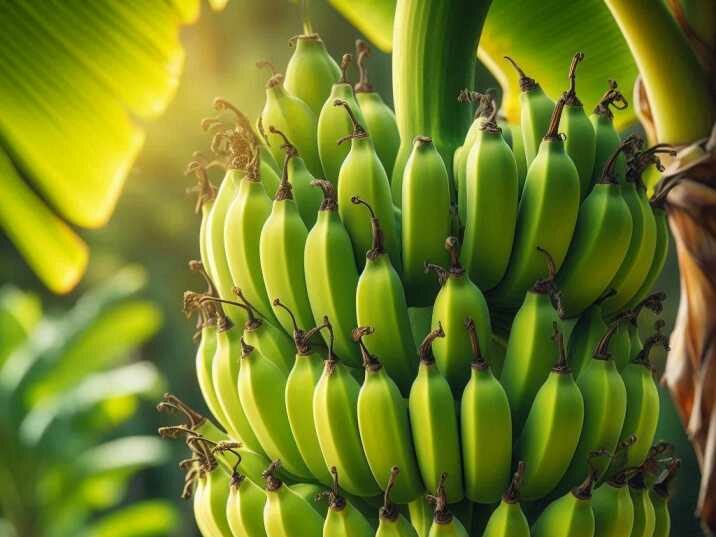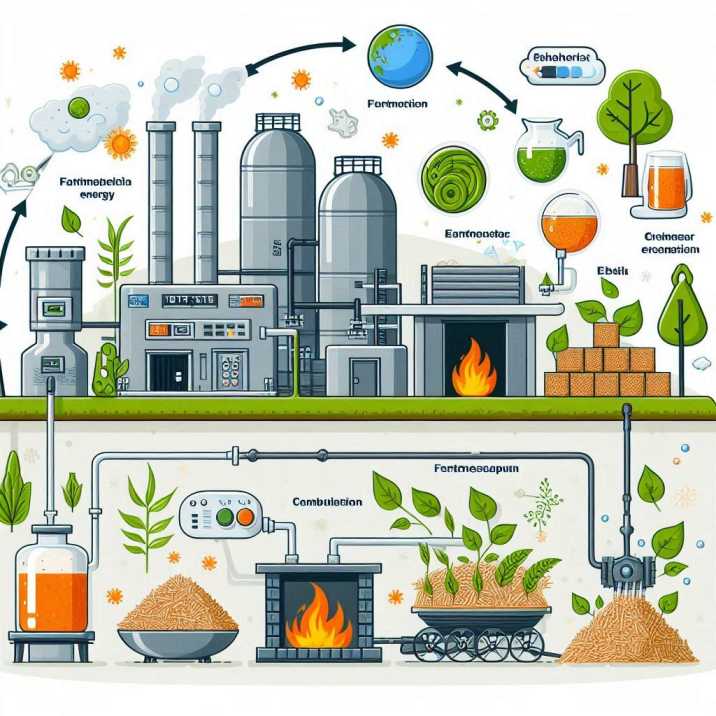Introduction
Table of Contents
In a world where sustainability is becoming increasingly important, scientists and researchers are exploring various ways to harness energy from natural sources. One fascinating question is whether Cavendish bananas, a popular type of banana found in grocery stores, could be used as a sustainable energy source. This article will explore the potential of Cavendish bananas in this area, discussing their benefits, challenges, and the science behind the concept.

What Are Cavendish Bananas?
Cavendish Bananas Overview
Cavendish bananas are a type of banana that is widely grown and consumed around the world. They are known for their sweet flavor and creamy texture. The Cavendish variety became popular after the previous dominant variety, the Gros Michel, was wiped out by a fungal disease.
Why Cavendish Bananas?
The Cavendish banana is chosen for many reasons:
- Resilience: They are resistant to certain diseases.
- Taste and Texture: They have a pleasant flavor and texture.
- Commercial Value: They are easy to grow and transport.
The Concept of Using Bananas for Energy
Biomass Energy
One way bananas might be used as an energy source is through biomass energy. Biomass energy involves using organic materials (like plants and fruits) to produce energy. When these materials are broken down, they release energy that can be harnessed for power.
How It Works
Biomass can be converted into energy through several processes:
- Combustion: Burning biomass to produce heat.
- Fermentation: Using microorganisms to break down organic material into biofuels.
- Anaerobic Digestion: Breaking down organic material without oxygen to produce biogas.
Why Bananas?
Bananas, including Cavendish bananas, have several potential advantages as a biomass source:
- Abundant Supply: Bananas are widely grown and produced.
- Organic Waste: Overripe or discarded bananas could be used, reducing waste.
Potential Benefits of Using Bananas as an Energy Source
Sustainability
Using Cavendish bananas for energy could be a sustainable solution for several reasons:
- Reduced Waste: Utilizing overripe bananas that would otherwise go to waste.
- Renewable Resource: Bananas grow quickly and can be replanted annually.
Environmental Impact
Using bananas for energy might reduce reliance on fossil fuels, lowering greenhouse gas emissions. Additionally, it could help manage agricultural waste more effectively.
Economic Benefits
- Local Economies: Growing and processing bananas for energy could create jobs.
- Reduced Costs: Using agricultural waste for energy might lower costs for farmers.
Challenges and Considerations
Efficiency
The energy efficiency of converting bananas into usable energy is a crucial factor. While bananas can be used, the amount of energy produced may not be as high as other sources.
Technological Challenges
Developing technology to efficiently convert bananas into energy is complex. It requires investment in research and development.
Environmental Impact
The process of converting bananas into energy should not create additional environmental problems, such as excessive waste or pollution.

Future Prospects
Ongoing Research
Scientists and researchers are actively studying the potential of various biomass sources, including bananas. Future developments could make banana-based energy more viable.
Innovation in Biomass Energy
Advances in technology might improve the efficiency and cost-effectiveness of using bananas for energy. This includes better methods for fermentation, digestion, and energy conversion.
Table of Information
| Aspect | Details |
|---|---|
| Banana Type | Cavendish |
| Energy Source | Biomass (including combustion, fermentation) |
| Benefits | Reduced waste, renewable, economic growth |
| Challenges | Efficiency, technology, environmental impact |
| Future Prospects | Ongoing research, innovation in biomass energy |
Conclusion
While using Cavendish bananas as a sustainable energy source is still a developing idea, it holds promise. By turning agricultural waste into energy, we could reduce waste and support sustainability. However, significant research and technological advancements are needed to make this a practical solution. As scientists continue to explore this possibility, the future of banana-based energy remains an exciting area of innovation.
FAQs
1. What are Cavendish bananas?
Cavendish bananas are a popular type of banana known for their sweet taste and creamy texture. They are widely grown and consumed globally.
2. Can bananas be used as an energy source?
Yes, bananas can be used as a biomass energy source. This involves converting organic material into energy through processes like combustion and fermentation.
3. What are the benefits of using bananas for energy?
Benefits include reducing waste, using a renewable resource, and potentially lowering greenhouse gas emissions.
4. What challenges are involved in using bananas for energy?
Challenges include efficiency, technological development, and ensuring the process does not cause environmental harm.
5. What is the future of banana-based energy?
Ongoing research and technological advancements could make banana-based energy a more viable and efficient option in the future.
